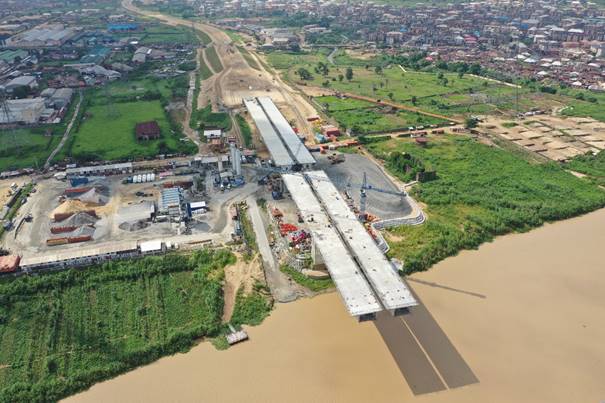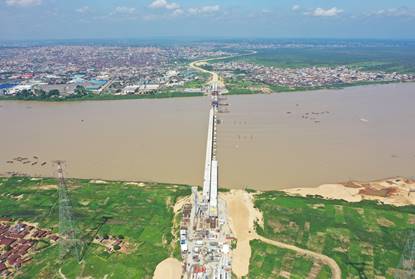Every day, millions of people journey from Asaba to Onitsha and back through the iconic Niger Bridge, which has become a symbol of national enterprise. Atop the Asaba side of the bridge reads the sign, “Welcome to the land of progress.” The mere sight of it sparks the image of the entrepreneurial Nigerian building a future for themselves and their family.
On the other side of the bridge is Onitsha, Anambra State, home to the biggest commercial market in West Africa. Merchants in Onitsha Market deal in every type of product you can imagine — mobile phones, foodstuff, clothing items, toiletries, bathroom fittings, etc. Every year, an estimated $5 billion worth of goods pass through that market. Onitsha is also home to 51 Iweka Road, one of the largest distribution networks for Nigeria’s multi-billion-dollar movie industry, Nollywood.
Thirty minutes (or 22 km) away from Onitsha is a small town called Nnewi. According to Forbes, it “has bred more naira billionaires than any other town in Nigeria, and possibly Africa”. Nnewi is also famously a hub for automobile spare parts dealers, manufacturers of household goods, and many of the largest transport companies in Nigeria. Several of these business activities happen across states and require hours commuting from the East to the West of Nigeria. However, the snag is that most of this economic activity flows through one bridge.
The current Niger Bridge is a 1402.08-metre steel truss bridge that connects Onitsha to the rest of Nigeria. It is over 56 years old, dating back to 1965. The bridge is part of the Trans-African Highway between Lagos and Mombasa, Kenya, and is also the primary connection between Eastern and Western Nigeria, two highly industrious regions. So, one cannot overstate its importance to Nigeria and Africa’s prosperity.
Over the years, the need for a second Niger Bridge has arisen. Since the construction of the first Niger Bridge, Nigeria’s population has grown by over 400%, and the amount of people travelling through Asaba and Onitsha has also skyrocketed. This creates a heavy flow of traffic for the travellers and residents of both cities.
Speaking to the New York Times earlier this year, Patrick Okigbo, a policy analyst, said about the current state of traffic on the Niger Bridge, “…it impacts the cost of doing business. It impacts lives. If they can afford it, nobody travels by road anymore. If you can’t, then you go on a prayer.” In answer to the needs and yearnings of the people, the construction of a new bridge will ease the traffic burden enhancing the free flow of access to work, business centers, markets and other places that have social and economic significance to the people.
The Second River Niger Bridge is the product of a Public-Private Partnership involving the Federal Ministry of Works, the Ministry of Finance, the Nigeria Sovereign Investment Authority (NSIA), the Presidential Infrastructural Development Fund (PIDF), and Julius Berger Nigeria Plc. The project is a Design, Finance, Build, Operate and Transfer (DFBOT) model. This means that the government owns and finances the project’s construction while Julius Berger, a company with a track record of excellence over 50 years, designs and builds.
Back in 1970, Julius Berger was called upon to repair the dilapidating Onitsha bridge, which was accomplished in just seven weeks. The company has also delivered an impressive number of iconic projects that have supported Nigeria’s economy over time.
The scope of Julius Berger’s work for the Second River Niger Bridge includes constructing two secondary bridges at Amakom Village Road and Atani Road, as well as approach roads from Asaba and Onitsha, a new cloverleaf interchange at Onitsha-Owerri Road, and a toll station.
Currently, work on the bridge includes the incremental launching of the superstructures for both the western and eastern approach roads. For the access roads, earthworks and road pavements are underway, as well as the installation of culverts and stormwater drainage. In addition, the current flyover at the Owerri interchange is being demolished and replaced with a new flyover bridge with culverts and a standard drainage system.
The Second River Niger Bridge is already enabling progress in the region and would do even more upon completion. The project employs about 1700 people and is scheduled for completion in 2022.


